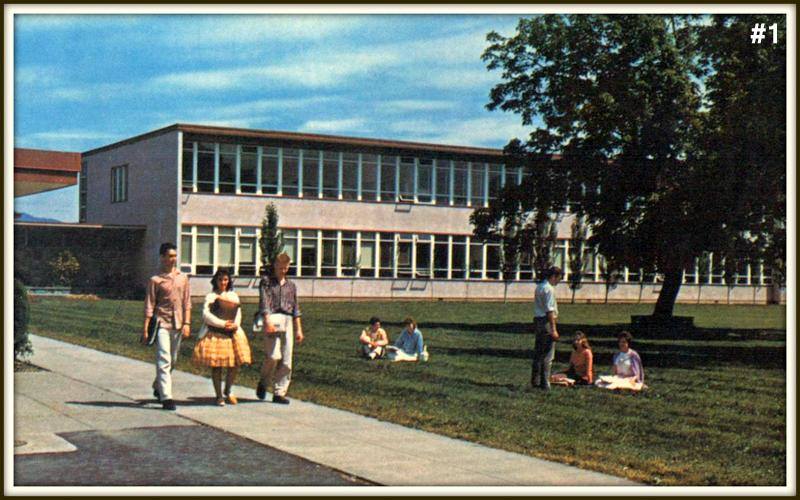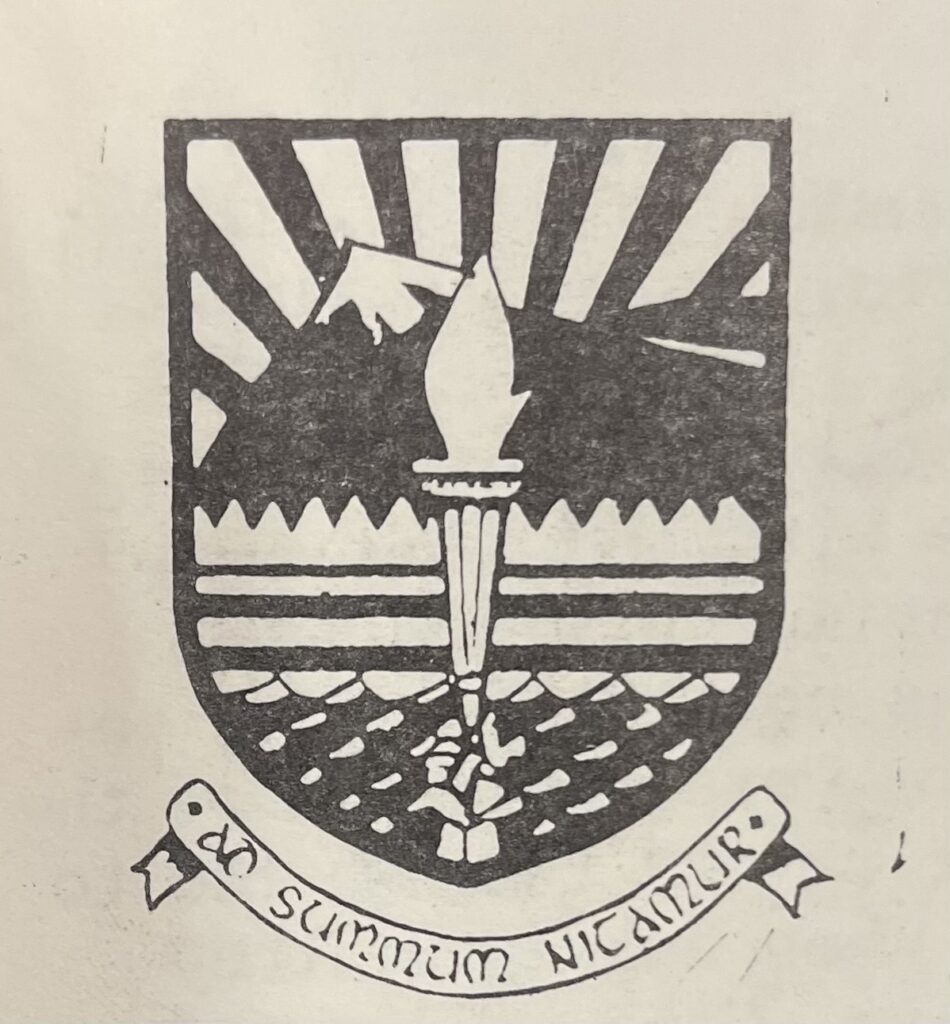The 1960s was a time known for its rebellious youth and counterculture. Chilliwack was not immune to this and there is a clear shift in attitudes and perspectives from teenagers in the more conservative city. Chilliwack was a part of a broader trend in the nation, though it could well be argued that Chilliwack was a little behind in that trend. With changing social attitudes and cultural perspectives, it was a new time for the teens of the nation, and it was new time for the teens of Chilliwack. This is seen in Chilliwack Senior Secondary School (CSSS[1]), which was a place that demonstrated the clear changes in identity, attitude and perspective from students, but also the pushback to these changes from the more traditional people.

The baby boom generation is the generation born after the second world war, approximately from 1946 to 1962. Canadian historian Doug Owram argues that “From the time the baby boom was born, it was extraordinarily powerful and… thought of itself as a group distinct from previous generations.”[2] Owram further argues that there are three reasons for the baby boomers power sense of self: the first is the sheer number of baby boomers compared to previous generations causing them to overshadow the other generations; the second is that the baby boomers were a fortunate generation to grow up in prosperous times that did not have to worry about economic security generally speaking; thirdly, they are linked to the turbulent decade of the 1960s which was a decade of change and excitement.[3] These factors all demonstrate the significance of this generation which is exemplified in the students of CSSS.
The baby boomer built their own unique identities emphasizing a distinction from past generations. This was seen in such things as public protests, drugs, and new hair styles.[4] This emphasized their new idea of “intergenerational hostility” which was central to their identity.[5] However, there is certainly a difference between the mythology of the sixties and the reality. While the sixties may be remembered as a time of hippies and radicals, to be a young person in the 1960s did not mean that one was necessarily a hippie or a radical.[6] In fact, hippies and radicals were the minority, and the reality of youth in the sixties and early seventies is quite nuanced.[7] There were a wide range of beliefs and perspectives among the youth, from quite radical to very conservative, what is true though is that the baby boom generation was a shift from the past. Not all were radicals, but what it meant to be youth changed and there were major differences between this generation and the ones before. There is a danger of oversimplification, but examining general shifts and trends in helpful in understanding the time and generation under study.

The baby boom generation and the changing attitudes and perspectives are also seen at CSSS. From changing ways in school involvement to smoking and drugs to music and movies, there are clear shifts in the identity and perspectives of teenagers. These changes are not without pushback though and this pushback is not just from older generations, it is also found among students, showing the diversity of viewpoints among the change. These changes are especially seen at the latter end of the “long sixties;” the long sixties being from the late 1950s to the mid-1970s. Although Chilliwack was a more conservative place, the impact of the baby boom generation made the late 1960s and early 1970s a time of tension and different perspectives on certain issues. Chilliwack Senior Secondary School was a place that showed the cultural conflict and different perspectives teenagers had on different issues. These are seen in the things that happened in the school as well as the differing perspectives of the students. While there are certainly those that hold to more traditional values, the more rebellious spirit that begins to grow in the student body in the late sixties and early seventies is indicative of the changing perspectives of teenagers in Chilliwack. One major theme is the desire for less adult control and more independence. These changing perspectives and identity are seen in school spirit and involvement; smoking, drugs, and alcohol; protest and politics; music and entertainment; and gender.
[1] Although today, Chilliwack Senior Secondary is usually called CSS, during the time period of study, it was called CSSS, the last S standing for school. For this website, I chose to use CSSS as that was the initials used during the late 1960s and early 1970s.
[2] Doug Owram, Born at the Right Time: A History of the Baby-Boom Generation. (University of Toronto Press, 1996), IX.
[3] Owram, Born at the Right Time, IX-XI.
[4] Jaymie Heilman, “Offspring as Enemy? How Canada’s National Magazine Confronted Youth and Youth Culture in the 1960s,” Past Imperfect 6 (December 1997): 74, https://search.ebscohost.com/login.aspx?direct=true&AuthType=sso&db=31h&AN=45122465&site=eds-live.
[5] Heilman, “Offspring as Enemy?” 74.
[6] Heilman, “Offspring as Enemy?” 101.
[7] Heilman, “Offspring as Enemy?” 102.
